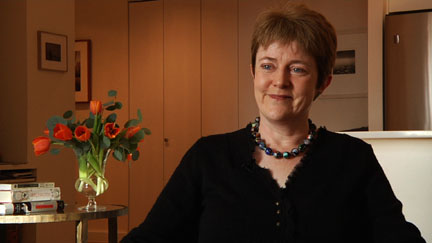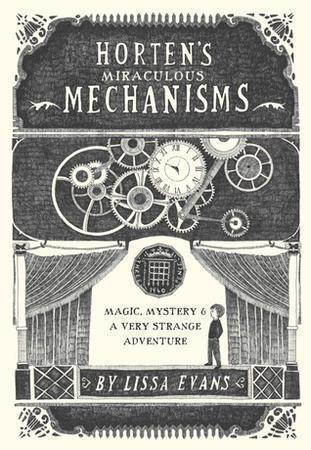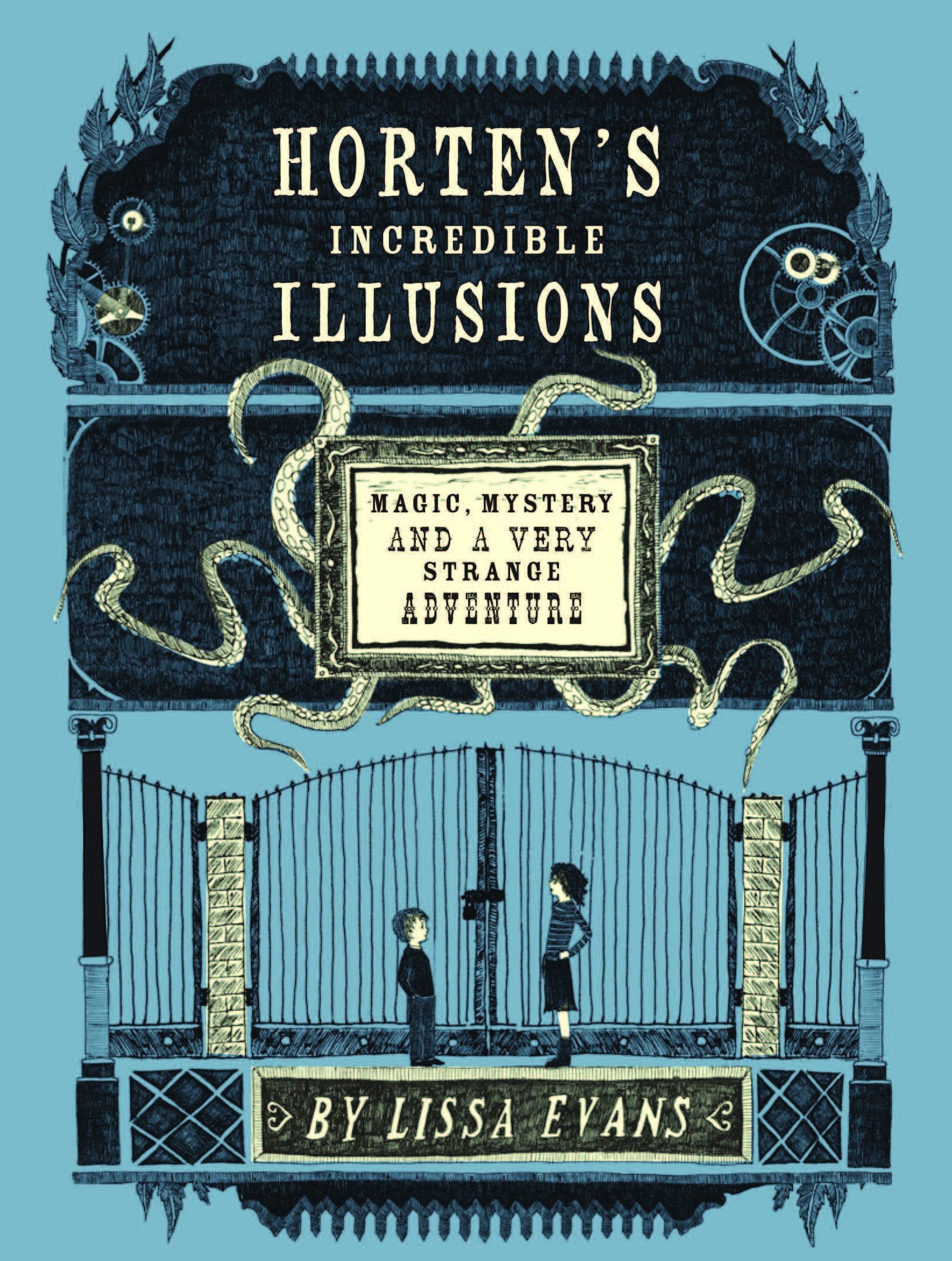 Lissa Evans wrote her first story when she was 6. The tale was about a hippo named Fred and it featured a hand-drawn likeness of the title character at the top of the page. The young author also drew an arrow pointing toward the hippo’s head and labeled it “Fred’s Head.” “I thought (it) was brilliantly funny, so that was my first joke as well!” Lissa told Cracking the Cover.
Lissa Evans wrote her first story when she was 6. The tale was about a hippo named Fred and it featured a hand-drawn likeness of the title character at the top of the page. The young author also drew an arrow pointing toward the hippo’s head and labeled it “Fred’s Head.” “I thought (it) was brilliantly funny, so that was my first joke as well!” Lissa told Cracking the Cover.
It took some 34 years for Lissa to actually sit down and start to write seriously. “It’s only very recently — after having 5 books published — that I’ve actually started describing myself as a writer,” she said.
Earlier this year, Lissa’s first book for children, “Horten’s Miraculous Mechanisms” (it was released in the U.K. as “Small Change for Stuart” in 2011) hit bookstores. It’s follow-up, “Horten’s Incredible Illusions” (“Big Change for Stuart), was released Tuesday.
The books follow Stuart Horten, who is 10 years old and small for his age. In the first book, Stuart moves to the dreary town of Beeton, where he is swept up in quest to find his great-uncle’s lost workshop — a workshop stuffed with trickery and magic. Stuart, he had just recovered his great-uncle Tony’s long-lost magic workshop. In the latest installment, Stuart has recovered the magic workshop, but Stuart can’t prove it belongs to him. In order to find Tony’s will, Stuart must enter the magic world of the workshop.
 Lissa wrote the books because she has a very clear memory of being 10 years old. “I was a voracious reader, and the books I loved best were ones that mingled magic and real life. ‘Horten’s Miraculous Mechanisms’ and ‘Horten’s Incredible Illusions’ are exactly the sort of books that I would have wanted to read at that age. It might also be something to do with the fact that I have 10-year-old twins. …”
Lissa wrote the books because she has a very clear memory of being 10 years old. “I was a voracious reader, and the books I loved best were ones that mingled magic and real life. ‘Horten’s Miraculous Mechanisms’ and ‘Horten’s Incredible Illusions’ are exactly the sort of books that I would have wanted to read at that age. It might also be something to do with the fact that I have 10-year-old twins. …”
The Horten books came from two different directions — the memory of moving into a house at the start of summer vacation and seeing a small boy standing outside a coin-operated photo booth at Lissa’s local station.
Lissa moved when she was 10. “I’d lived in a small village and we moved to a large and dreary town where we knew no one – I was bored and lonely, and I desperately wanted something extraordinary and wonderful to happen,” she said. “It didn’t.”
In the instance of the small boy at the station, Lissa found herself with a lot of questions rolling around. “I started wondering what would happen if he put in an old, peculiar coin that had been left to him by a relative. Would he get something that he hadn’t expected, something that gave him a tantalizing glimpse of his family history. …?”
A large part of what makes the Horten books so magical for readers is the magic, or illusions, within them. One might think it would be difficult to create, but Lissa already had some experience in the field. “When I was about 12, I bought a book in a second-hand bookshop which was actually written for stage magicians,” she explained. “It revealed how tricks worked, and it gave me a tremendous insight into the world of stage illusions. When I was writing ‘Horten’s Incredible Illusions,’ I started by thinking about how each trick would look to a member of Great-Uncle Tony’s audience — I needed the devices to be simple enough to explain, but complex enough to fool a theatre full of people.”
 It helped that Lissa had already described the appearance of the tricks in the first book, the author said. She had a starting point for each one.
It helped that Lissa had already described the appearance of the tricks in the first book, the author said. She had a starting point for each one.
“The first book evolved as I wrote it, each clue popping up as I went along, the plot strands gradually linking together – it was a bit like knitting, and sometimes I had to go back and disentangle bits of it, or pick up dropped stitches,” Lissa said. “The second book was, in some ways, slightly easier to write. Once I had realized that each illusion had an adventure attached, the plot was rather more straight forward, though, like the first, I did very little planning ahead. When I’m writing, I hardly ever know what’s going to happen on the next page.”
The big question now is, will there be another Horten book? Lissa is currently working on her fourth novel for adults and has started another (non-Stuart) children’s book. As far as Horten. …
It wasn’t until Lissa was nearing the end of “Horten’s Miraculous Mechanisms” that she realized that the discovery of Great Uncle Tony’s workshop wasn’t an end, but a fresh beginning. And right now she’s toying with the idea of a third book. “There’s something mysterious about Beeton — the town Stuart lives in — that was touched upon in the first book, and which definitely needs investigating,” she hinted.
*Read the complete transcript of Lissa’s interview with Cracking the Cover. Read Cracking the Cover’s review of “Horten’s Incredible Illusions” and “Horten’s Miraculous Mechanisms.”
